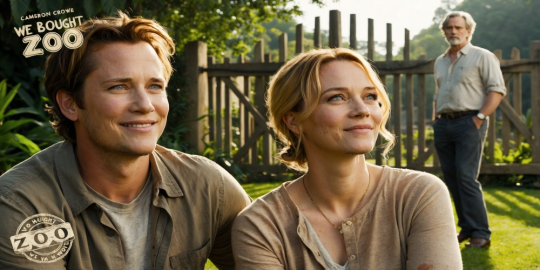
In the world of cinema, some stories resonate more profoundly than others, with their behind-the-scenes tales often packing as much punch as the films themselves. One such story is that of Matt Damon's involvement in the charming family film We Bought a Zoo, released in 2011 and co-starring Scarlett Johansson.
This delightful project not only enriched Damon's illustrious career but also revealed a fascinating interplay between artist concerns and creative vision. The journey that led Damon to embrace this role is as compelling as the heartwarming narrative of the film itself, showcasing the negotiations not just between an actor and a script, but between artistic integrity and commercial expectation.
Understanding the Context
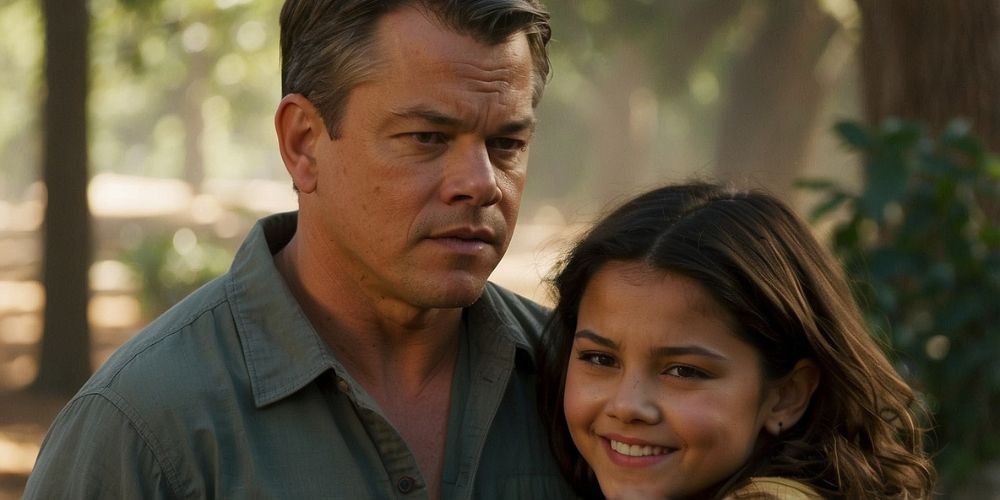
Every significant film has its precedents. We Bought a Zoo is no exception, based on a true story revolving around Benjamin Mee, who ventured into the unexpected realm of zoo ownership after a time of personal loss and heartache. This context underscores the emotional stakes present in the film, elevating it beyond a mere family comedy. Understanding the backdrop enhances appreciation of the character dynamics at play.
The Creative Visionary
Cameron Crowe, an established filmmaker known for his poignant storytelling, took on the helm of this project. His reputation for crafting relatable, human-centric narratives made him a formidable advocate for the film's genuine heart. However, like any creative endeavor, Crowe faced trepidation about how the film would ultimately shape up.
Initial Doubts
Matt Damon, despite his star power, was initially hesitant about the project. He harbored concerns about the direction the film might take, specifically fearing it may veer into the cliché-plagued territory of a cheesy, overly sentimental rendition. In his mind, there was a distinct risk of creating “the Disney version” of an important narrative that deserved more depth.
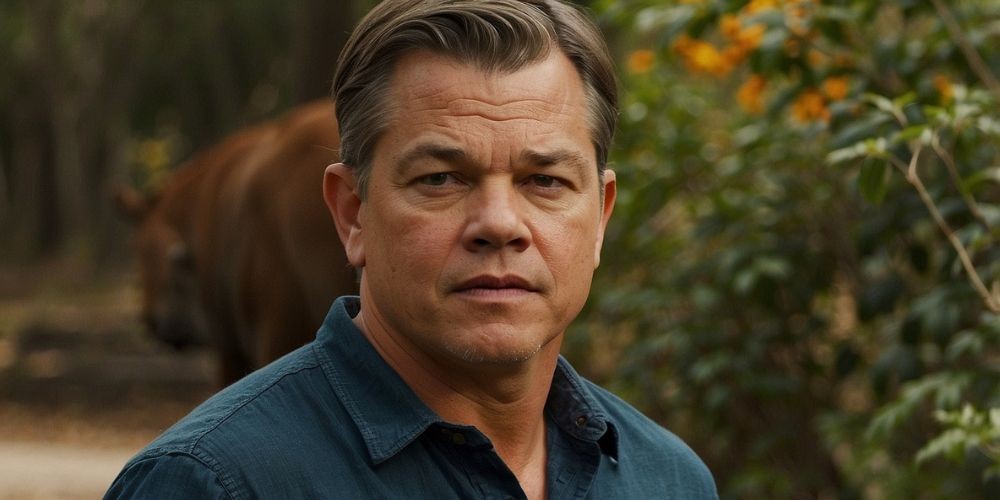
Shared Misgivings
To Damon's relief, he discovered that these concerns were not solely his own. Crowe acknowledged similar fears, creating an unexpected alliance. The candid nature of their discussion not only eased Damon's anxieties but also established a foundation of trust between the two creative forces.
The Direct Approach
Crowe’s approach in pitching the project was nothing short of innovative. Rather than relying solely on the script, he endeavored to immerse Damon in the kind of environment and emotional experiences that the film encapsulated. This multifaceted proposal was a thoughtful way to engage the actor’s imagination.
Setting the Tone
Part of Crowe’s strategy included pairing the script with a specific cinematic reference: the 1983 film Local Hero. By doing so, he invited Damon to consider the thematic similarities and the deeper emotional layers present within the narrative. This wasn’t just about selling a script—it was about conveying a vision.
Music as a Narrative Tool
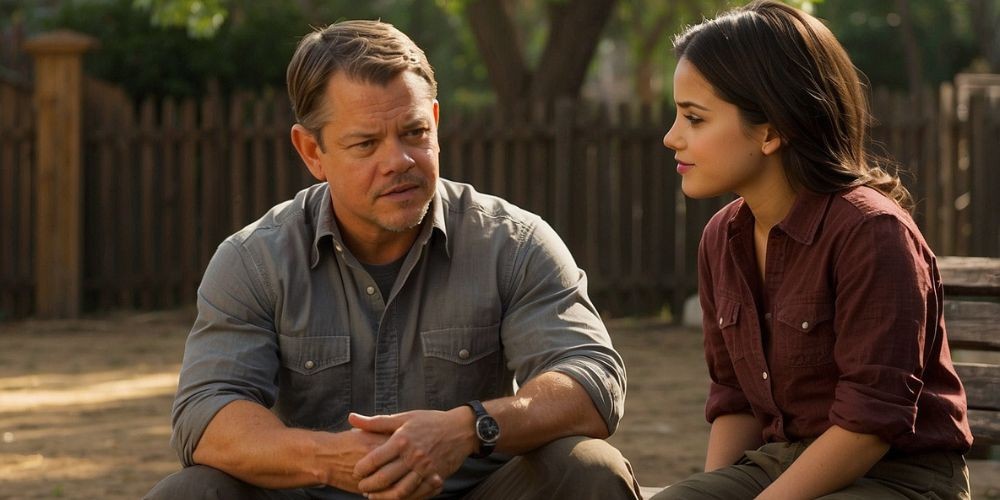
Complementing the visual inspiration, Crowe curated a special playlist that resonated with the film's essence. Music holds a powerful ability to awaken emotions and create connections; understanding this, Crowe included tracks he believed would enhance Damon’s experience of the story. The songs curated helped to bridge the gap between script and sentiment.
Experiencing Creative Inspiration
Damon’s engagement with Crowe’s suggested materials ignited his interest. The iconic musician Eddie Vedder featured prominently among the selected tracks, introducing Damon to stirring live versions that enriched his understanding of the project's emotional landscape. This creative infusion played a pivotal role in shaping his decision to embrace the project.
The Power of Connection
Listening to the music while contemplating the narrative added a rich layer to Damon’s interpretation of the story. It forged a connection between him and the film that was deeply personal, making the prospect of the role increasingly appealing as he embraced the unique emotional journey it promised.
Community and Collaboration
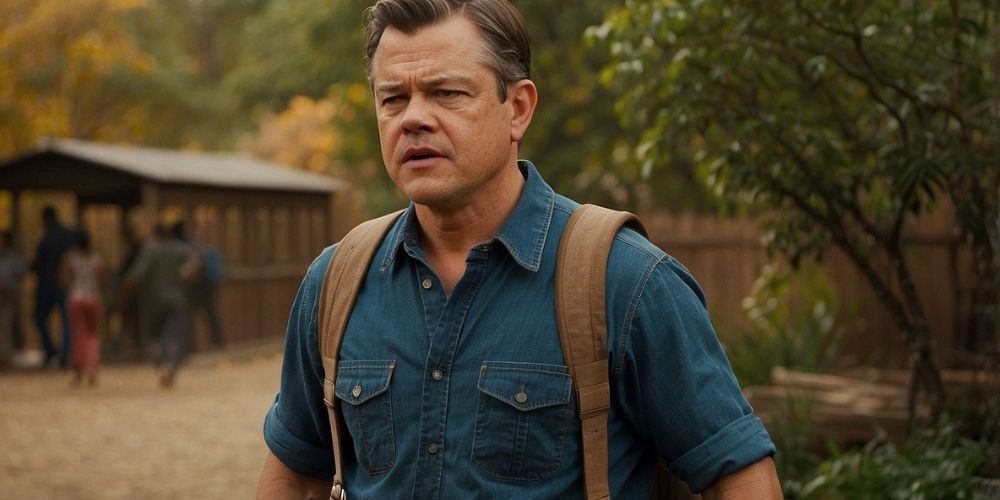
Ultimately, we recognize that filmmaking is a collaborative endeavor. The relationship between Crowe and Damon exemplified a synergy where concerns were expressed, ideas were shared, and visions were aligned. This collaborative spirit is key to producing genuine cinematic art that resonates with audiences.
Embracing the Role
Once Damon found alignment with Crowe’s vision, he fully committed to the project. The anticipation transformed into a sense of excitement, allowing him to engage with the role more authentically. This commitment was crucial in bringing a nuanced performance to the screen alongside his co-stars.
The Heartwarming Outcome
We Bought a Zoo ultimately landed well with audiences, thanks to its endearing blend of humor, emotional depth, and life-affirming themes. The film strikes a thoughtful balance between light-hearted moments and the difficult realities of grief and family dynamics, inviting viewers on a journey through various emotional landscapes.
The Legacy of "We Bought a Zoo"
Beyond its box office success, the film earned praise for how it dealt with weighty themes in an accessible manner. The storytelling deftly combines light-hearted humor with poignant life lessons, creating an experience that audiences can relate to on multiple levels.
A Reflection of Growth
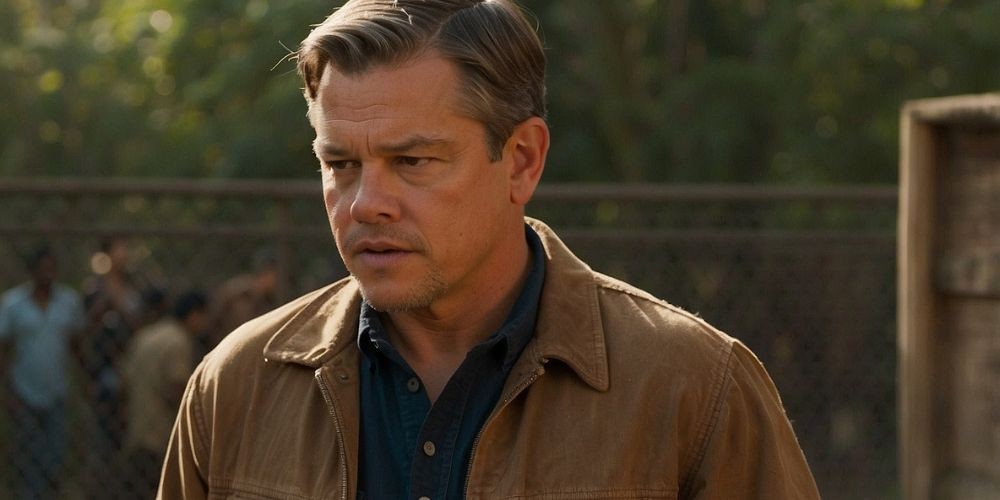
For Damon, participating in We Bought a Zoo became a formative experience reflective of both his personal and professional growth. The film allowed him to navigate complex emotions and channel those into a character that resonated with audiences, rendering the venture rewarding on a personal front as well.
Conclusion: More Than a Film
We Bought a Zoo stands as a testament to the impact of true narratives and the importance of artistic integrity in filmmaking. Matt Damon, with Cameron Crowe’s insightful guidance, crafted a cinematic piece that resonates with viewers of all ages. By examining the nuances of the film’s origin and development, we gain a deeper appreciation not only for its narrative but also for the collaborative spirit that drives all great cinema. As audiences continue to delight in this tale of resilience and hope, the legacy of their creative journey endures, illustrating the many layers woven into the fabric of storytelling.